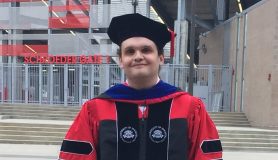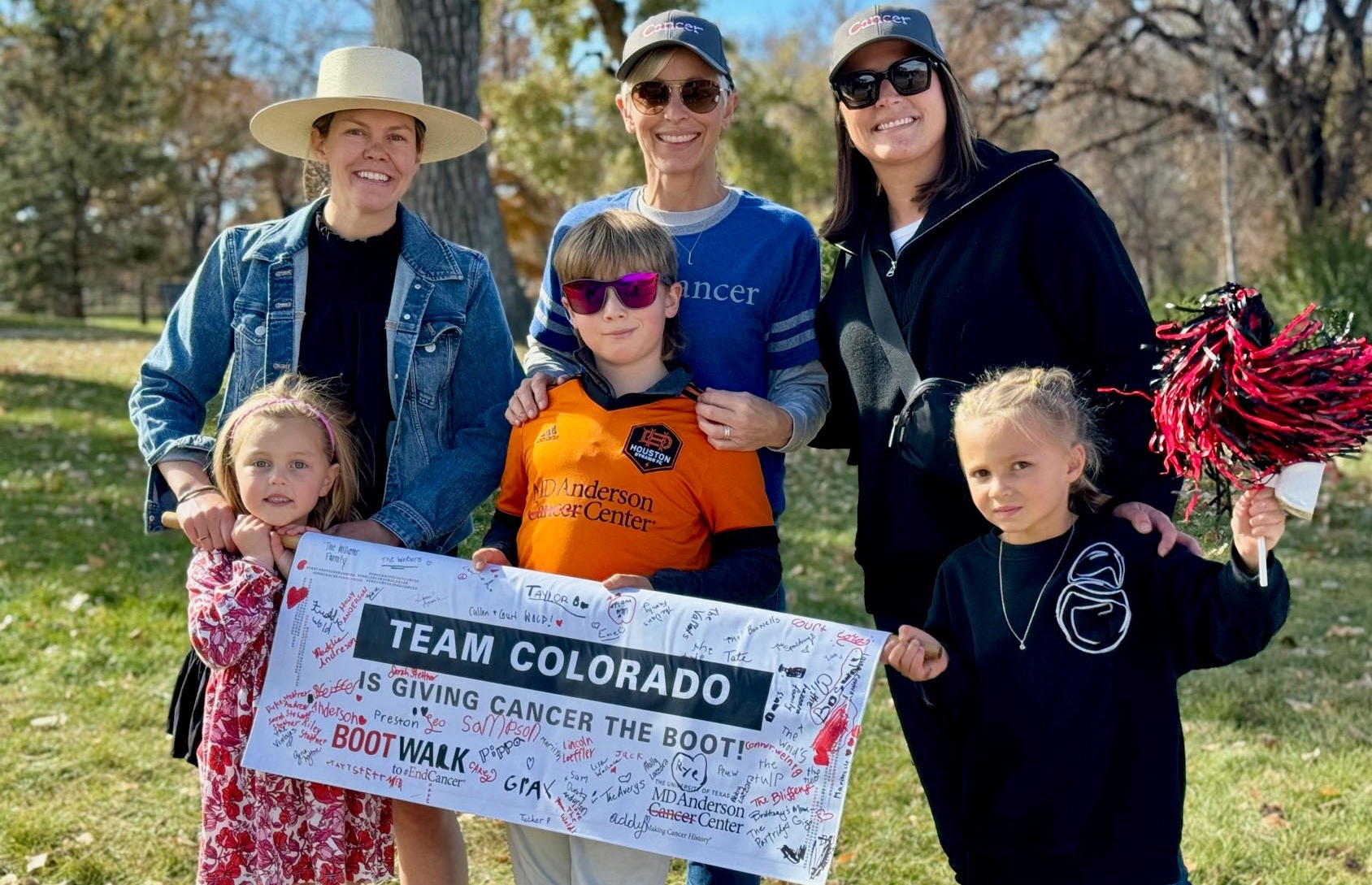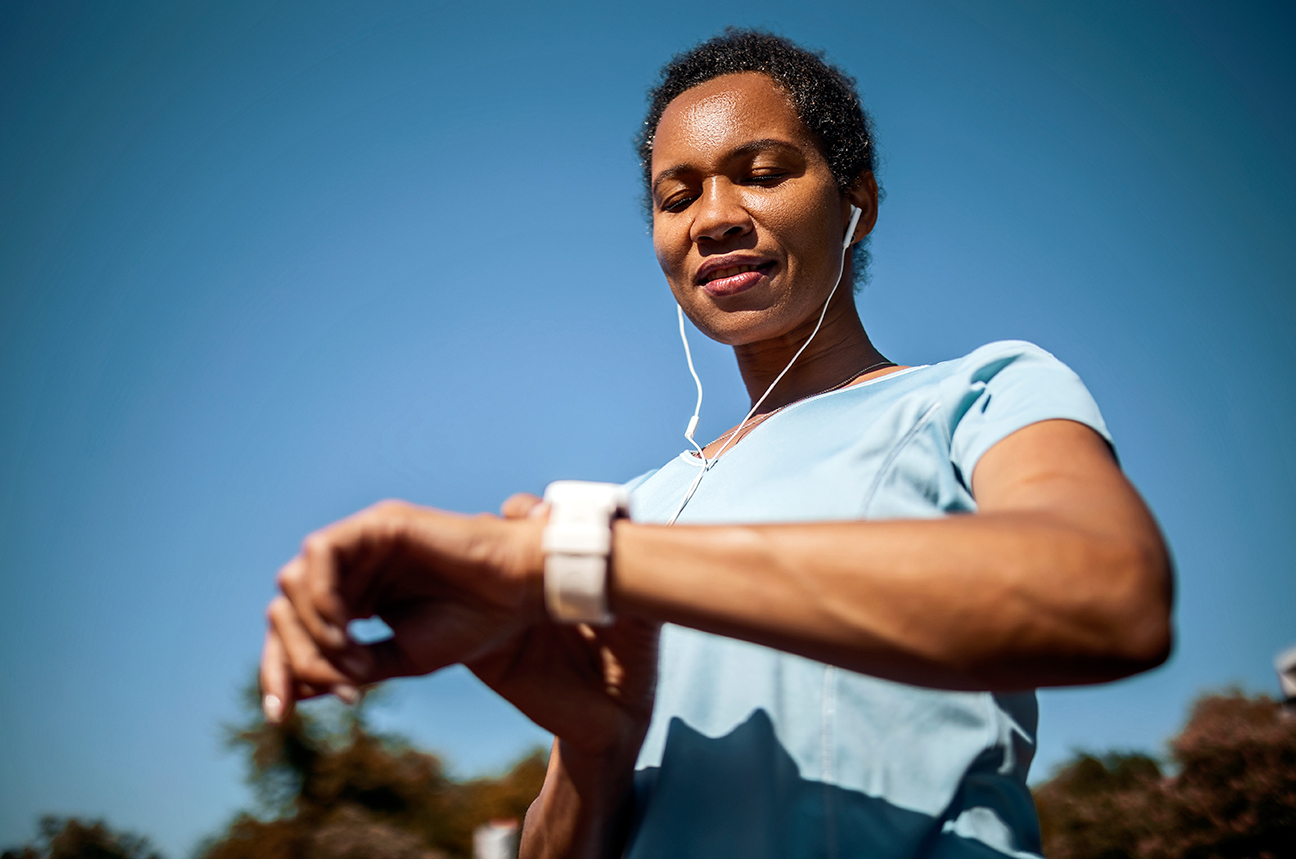- Diseases
- Acoustic Neuroma (14)
- Adrenal Gland Tumor (24)
- Anal Cancer (66)
- Anemia (2)
- Appendix Cancer (16)
- Bile Duct Cancer (28)
- Bladder Cancer (68)
- Brain Metastases (28)
- Brain Tumor (230)
- Breast Cancer (716)
- Breast Implant-Associated Anaplastic Large Cell Lymphoma (2)
- Cancer of Unknown Primary (4)
- Carcinoid Tumor (8)
- Cervical Cancer (154)
- Colon Cancer (164)
- Colorectal Cancer (110)
- Endocrine Tumor (4)
- Esophageal Cancer (42)
- Eye Cancer (36)
- Fallopian Tube Cancer (6)
- Germ Cell Tumor (4)
- Gestational Trophoblastic Disease (2)
- Head and Neck Cancer (6)
- Kidney Cancer (124)
- Leukemia (344)
- Liver Cancer (50)
- Lung Cancer (288)
- Lymphoma (284)
- Mesothelioma (14)
- Metastasis (30)
- Multiple Myeloma (98)
- Myelodysplastic Syndrome (60)
- Myeloproliferative Neoplasm (4)
- Neuroendocrine Tumors (16)
- Oral Cancer (100)
- Ovarian Cancer (170)
- Pancreatic Cancer (166)
- Parathyroid Disease (2)
- Penile Cancer (14)
- Pituitary Tumor (6)
- Prostate Cancer (144)
- Rectal Cancer (58)
- Renal Medullary Carcinoma (6)
- Salivary Gland Cancer (14)
- Sarcoma (236)
- Skin Cancer (296)
- Skull Base Tumors (56)
- Spinal Tumor (12)
- Stomach Cancer (60)
- Testicular Cancer (28)
- Throat Cancer (90)
- Thymoma (6)
- Thyroid Cancer (100)
- Tonsil Cancer (30)
- Uterine Cancer (78)
- Vaginal Cancer (14)
- Vulvar Cancer (18)
- Cancer Topic
- Adolescent and Young Adult Cancer Issues (20)
- Advance Care Planning (10)
- Biostatistics (2)
- Blood Donation (18)
- Bone Health (8)
- COVID-19 (362)
- Cancer Recurrence (120)
- Childhood Cancer Issues (120)
- Clinical Trials (626)
- Complementary Integrative Medicine (24)
- Cytogenetics (2)
- DNA Methylation (4)
- Diagnosis (230)
- Epigenetics (6)
- Fertility (64)
- Follow-up Guidelines (2)
- Health Disparities (14)
- Hereditary Cancer Syndromes (122)
- Immunology (18)
- Li-Fraumeni Syndrome (8)
- Mental Health (118)
- Molecular Diagnostics (8)
- Pain Management (62)
- Palliative Care (8)
- Pathology (10)
- Physical Therapy (18)
- Pregnancy (18)
- Prevention (894)
- Research (390)
- Second Opinion (74)
- Sexuality (16)
- Side Effects (604)
- Sleep Disorders (10)
- Stem Cell Transplantation Cellular Therapy (216)
- Support (404)
- Survivorship (322)
- Symptoms (184)
- Treatment (1772)
Neurofibromatosis survivor: Snapshots from an MD Anderson patient who doesn’t have cancer
3 minute read | Published June 06, 2019
Medically Reviewed | Last reviewed by an MD Anderson Cancer Center medical professional on June 06, 2019
I first became an MD Anderson patient more than 28 years ago, at age 4. But, I’ve never had cancer.
I was born with a genetic disorder called neurofibromatosis. Like cancer, it has no cure. Unlike cancer, remission is not possible, as it is an inherited disease. But just knowing that MD Anderson does such great work beyond cancer is important. Its doctors, nurses and other medical professionals have saved my life repeatedly.
Living with neurofibromatosis: what it’s like
Neurofibromatosis tends to be different than cancer, in that it progressively impacts every aspect of the body — inside and out — for life. It also affects each person in vastly different ways. Bone deformities, learning disabilities and tumors, for example, are typical, but not necessarily universal.
In my case, I’ve had six surgeries for tumors so far. Three of those were considered major surgeries, and two were life-threatening. As a child, I took daily growth hormone shots for a decade — otherwise, I would still be the height of a kindergartner. I currently take 16 different medications, with some for my eyes, heart and stomach. I have physical limitations and must always wear a brace on my right leg. I have an ever-growing number of neurofibromas (basically little bumps) on my skin. I’m dyslexic.
Almost everything about my experience has been unusual, even for someone with neurofibromatosis. I’m at MD Anderson for blood draws, scans and checkups at least half a dozen times a year — and that’s when I can get multiple appointments on one day and when I’m not having surgery.
Things to remember about neurofibromatosis — and other diseases and disorders
Just as many cancer patients do, we neurofibromatosis patients sometimes deal with chronic pain and invisible disabilities. I’ve had very few pain-free days. My tolerance has grown since the early 1990s, so migraines or intense leg pains don’t always faze me.
Because of the many medications I’m already taking, sometimes I try to “tough it out.” But then, I remember that taking action will make me feel much better, so I do.
We all need to be reminded that pain doesn’t have to be normal when prescriptions or over-the-counter medications can help alleviate it. We also need to be reminded that we don’t know how someone else feels or what they are going through, unless they tell us.
Beating the odds, despite a neurofibromatosis diagnosis
Because of my ongoing medical problems, people have sometimes doubted me. Some even told me that getting a doctorate and becoming a professor would be impossible, because getting even a basic college degree might be too hard for me.
Yet, here I am, a 6’5” professor at the University of Houston and a published author with a Ph.D. in history. (I will be forever grateful to MD Anderson’s Children’s Art Project for providing $23,000 in scholarships to help pay for my four college degrees.)
The lesson here is that at the end of the day, you are your own best advocate. So, always stand up for yourself, always take chances, and you, too, can achieve the impossible.
Request an appointment at MD Anderson online or by calling 1-866-519-0099.

You are your own best advocate.
Andrew Joseph Pegoda, Ph.D.
Survivor





